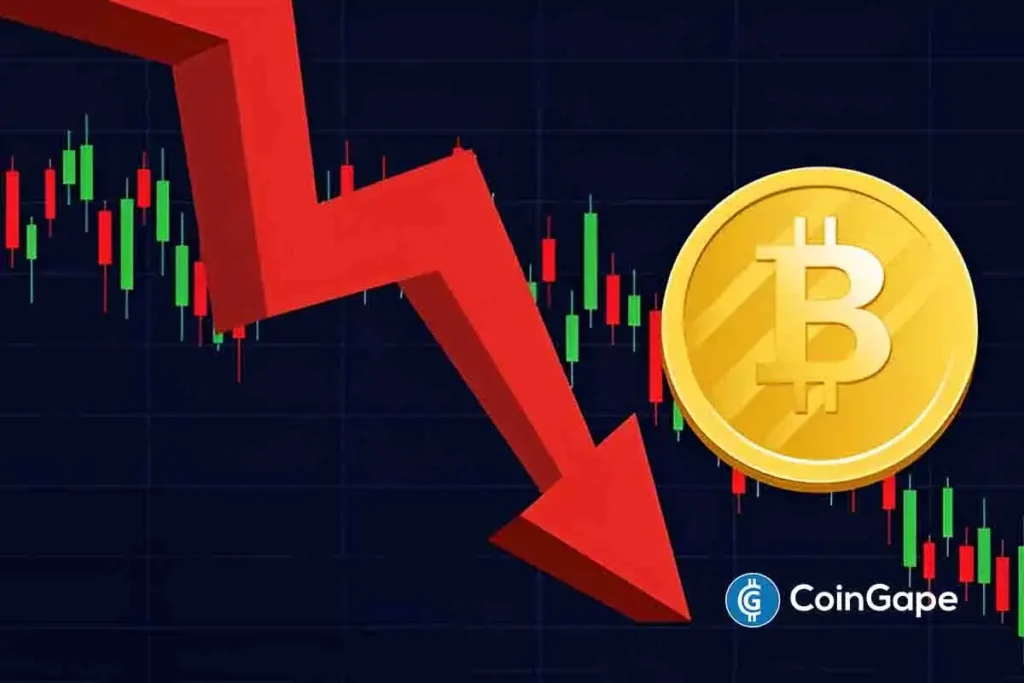Will the Bitcoin Rally Continue Amid Slowing BTC Inflow?
In recent weeks, Bitcoin has experienced notable price movements, with its value soaring above $96,000 at certain points. However, investors are beginning to express caution regarding the sustainability of this rally, particularly as recent inflows into Bitcoin exchange-traded funds (ETFs) have slowed down. According to data from Farside Investors, from April 17 to April 29, the inflow of Bitcoin totaled a remarkable $3.93 billion, contributing to the cryptocurrency’s strong performance. Yet, a combined outflow of $56.3 million was recorded on April 30, raising questions about the future of Bitcoin’s price trajectory and whether institutional interest is fading.
BlackRock ETF’s Resilience Amid Market Fluctuations
While the overall trend indicates a pullback in Bitcoin inflows, the BlackRock Bitcoin ETF—known as IBIT—has showcased resilience, still garnering inflows of $267 million last Thursday. This ETF has been a significant player in the market, consistently recording inflows since April 14. The contrasting performance of IBIT in the face of overall market outflows highlights a nuanced investor sentiment. While some institutions appear to be retreating, BlackRock’s sustained investment reflects ongoing confidence in Bitcoin’s long-term potential. However, the recent outflows could serve as a warning signal, suggesting that the current bullish momentum may lack the necessary support to continue its ascent.
Investor Confidence: What Lies Ahead for Bitcoin?
Despite the observable slowdown in inflows, market activity suggests that many investors remain hopeful about Bitcoin’s future. The price of Bitcoin still recorded a marginal increase, trading above $96,000 before dipping to around $93,796 earlier in the US trading hours. This volatility signals that traders are actively engaged and betting on Bitcoin’s long-term prospects, as evidenced by a rise in futures open interest of over 5%. This degree of confidence among traders, despite the fluctuations, underscores a belief in Bitcoin’s capacity to overcome short-term challenges.
On-Chain Dynamics: Assessing Future Scenarios
According to analyst Axel Adler Jr. from CryptoQuant, Bitcoin’s on-chain momentum is gaining traction, with three distinct scenarios emerging for its near-term future. The most optimistic view predicts a surging price range of $150,000 to $175,000 should the critical engagement Ratio surpass 1.0. Alternatively, a base-case scenario suggests that Bitcoin may stabilize between $90,000 and $110,000. In contrast, a more cautious outlook warns of a potential correction ranging between $70,000 and $85,000. With the on-chain Ratio currently standing at 0.8, the next six months will be pivotal in determining Bitcoin’s path forward.
Outlook: Hitting the $100K Mark?
Adding to the anticipatory market sentiment is a recent Bitcoin price prediction that suggests the cryptocurrency could skyrocket past the $100,000 threshold this month. Analysts emphasize that if ETF inflows recuperate, it could reinforce the bullish momentum driving Bitcoin’s price upward. This is critical as strong institutional investment often serves as a backbone for sustained growth in cryptocurrency markets. The interplay of investor sentiment, market conditions, and ETF dynamics will therefore play an essential role in determining the cryptocurrency’s performance in the near term.
Conclusion: Navigating the Bitcoin Landscape
In conclusion, while current indicators suggest a slowdown in Bitcoin inflows and some waning institutional interest, the underlying market dynamics and investor confidence may still support a sustained rally. The performance of the BlackRock Bitcoin ETF is particularly noteworthy, indicating divergent market behavior among institutional investors. As Bitcoin navigates this complex landscape, the next few months will be crucial in shaping its direction and validating theories on whether the rally can indeed continue. Traders and investors alike should remain vigilant to market signals, as the cryptocurrency market is inherently volatile and subject to rapid changes.

















